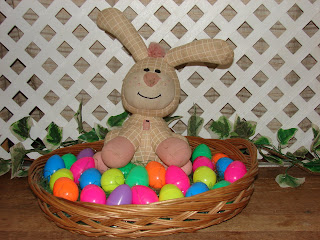
A game night is one way for married couples to spend time together.
We can let the realities of life – work, responsibilities, obligations or even spiritual growth – blind us from enjoying each other’s company. Life gets so busy that we miss setting time aside for pure enjoyment. “Date nights” seem to be impractical when there are bills to pay, dinner to cook, errands to run and more.
When was the last time you took a step back and admired your spouse, giving thanks to God that you didn’t have to walk this life alone? Now is the time to enjoy a good conversation, a shared walk, reading a book together or another just-for-fun activity.
We suggest that couples set aside time for a date at least once a week. Below are suggestions of fun things to do on those nights.
1. Romantic dessert for two by candle light.
Ideas for discussion while enjoying dessert can include the following questions. When you were a child, what did you want to grow up to be? Describe one thing you most want to accomplish in your life. What makes you feel masculine/feminine? Listen closely; this is the tender him/her being shared.
2. Photo Date: Take pictures of yourselves as a couple in front of scenic places, such as in a park, at the river, in front of old buildings, etc.
Use a camera with a self-timer or go on a double date and take turns snapping photos. To extend this date after the photo shoot stop at a coffee or ice cream shop for a treat.
Other photo date ideas can include the following. Go for a walk in the neighborhood and taking photos of the flowers in bloom. While walking along the
3. Cookie making: plan what cookies you want to make. Together, shop for ingredients. Then create delicious goodies.
Package them up in individual serving sizes and put them in the freezer to make them last longer. If you don’t want all the calories for yourselves, take them to a shut-in or a family with children.
4. Take a walk together holding hands (at least 30 minutes). During your walk tell spouse three qualities they possess that in your opinion other people most enjoy.
5. Games for two: spend the evening playing games. Add to the fun by making a prize or a penalty for the winner and loser. For example: If he wins, she must wash his car. If she wins he must make a special dinner the next night. No cheating!
Suggested games to play include: Aggravation, Cribbage, Chinese checkers, Backgammon, Chess, Parcheesi, Boggle, Checkers and Scrabble.
Dates do not have to be expensive or complicated to plan. Take the time and be creative in planning a date night each week. Keeping the relationship close is the main objective. Marriage can be fun when couples remember to set aside time to be alone together.
We listed other ideas to keep romance alive in marriage in our July 13, 2007 blog.
 Column to share recipes, gardening projects, crafts, home decorating ideas, activities for families to do and more.
Column to share recipes, gardening projects, crafts, home decorating ideas, activities for families to do and more.

